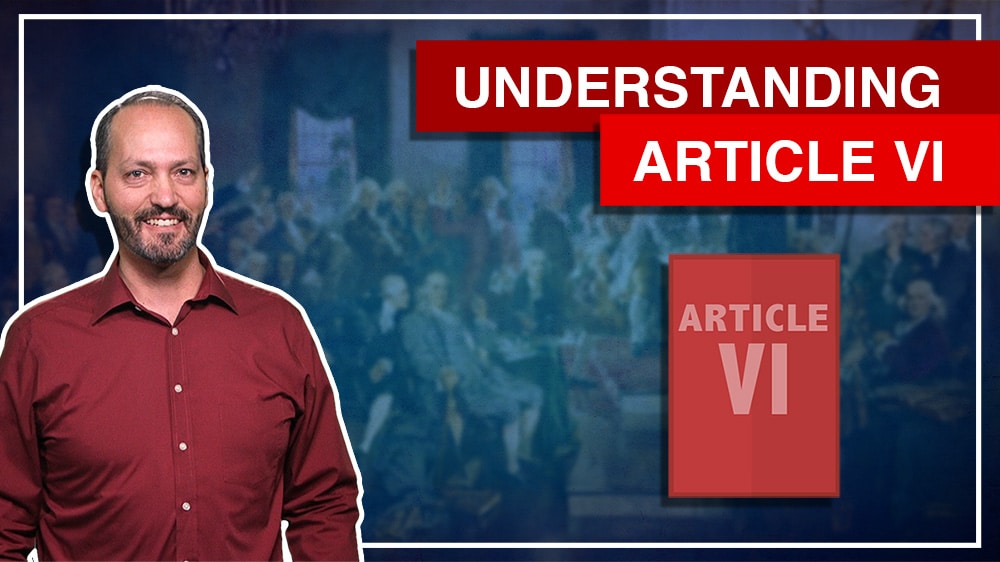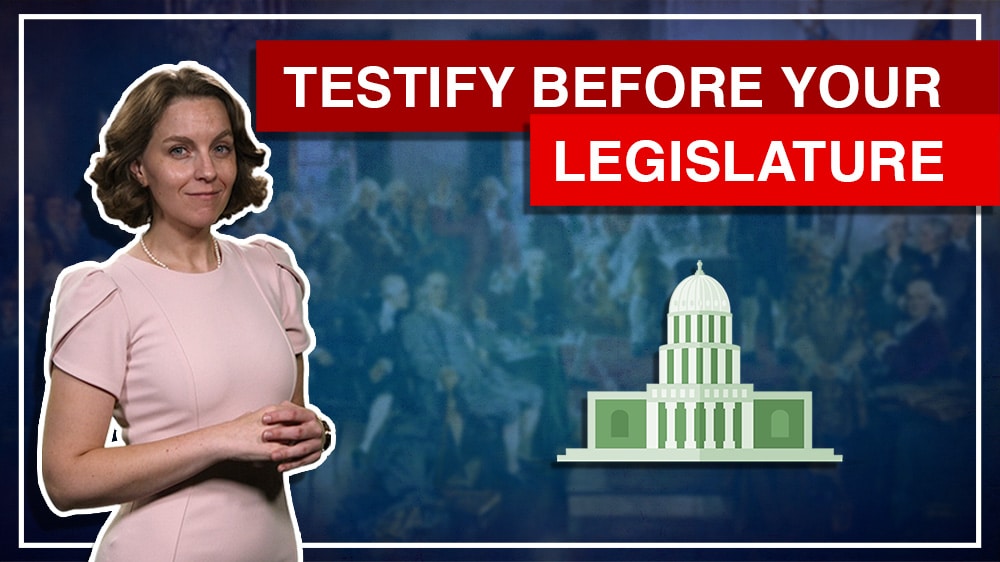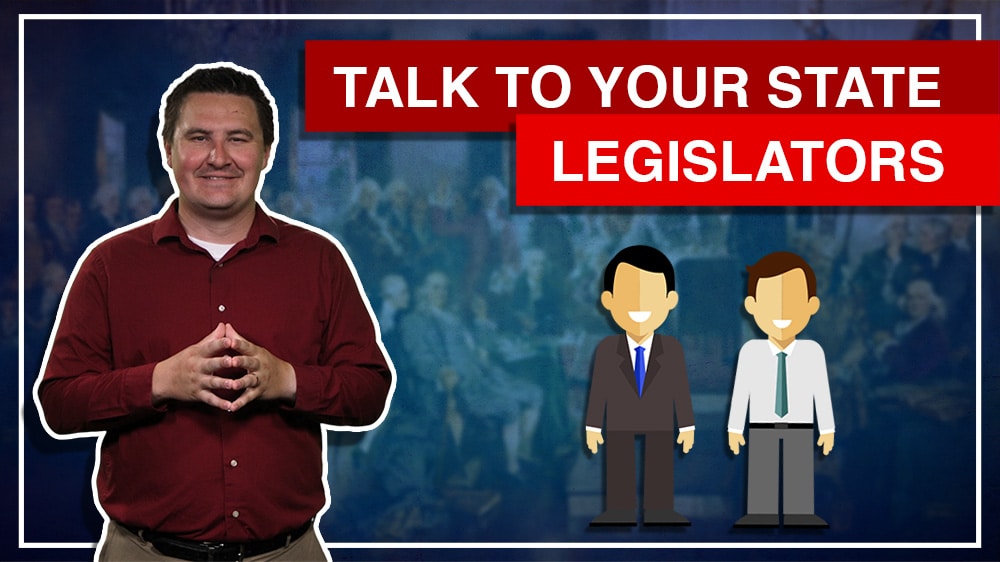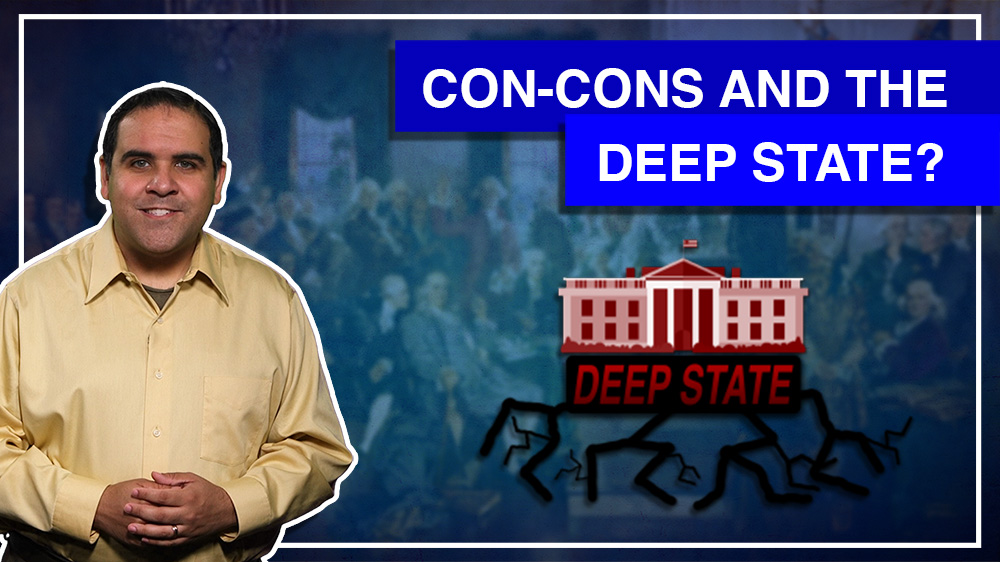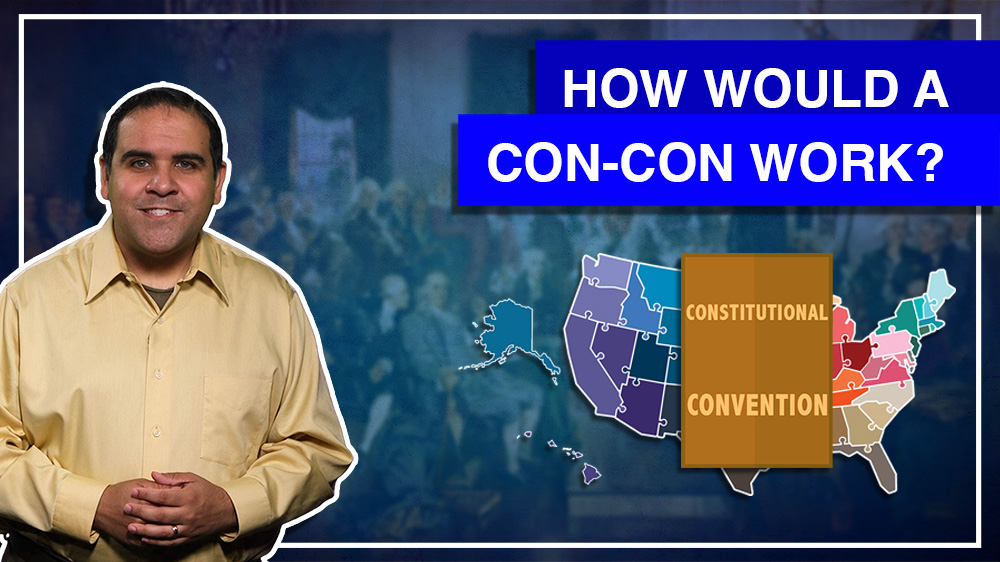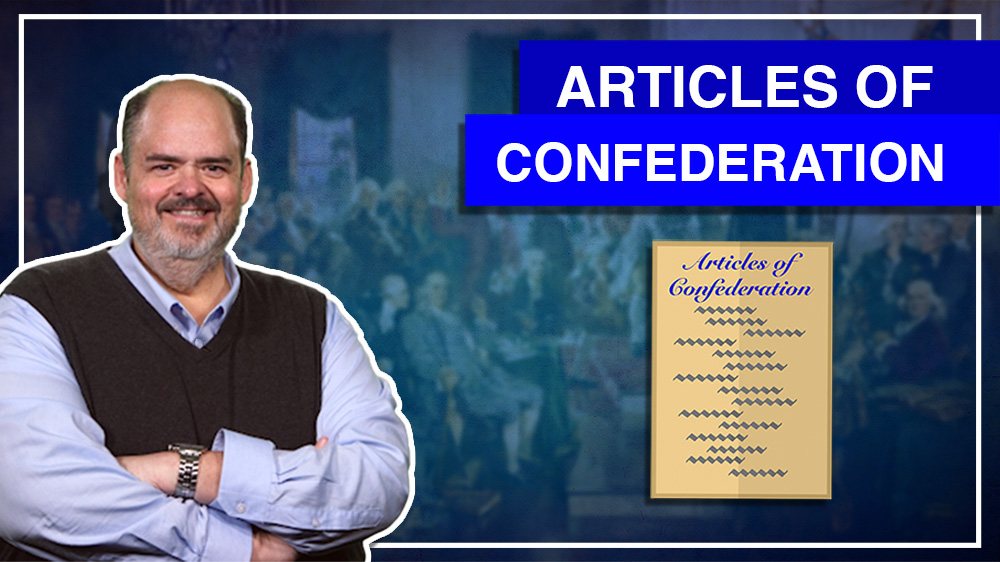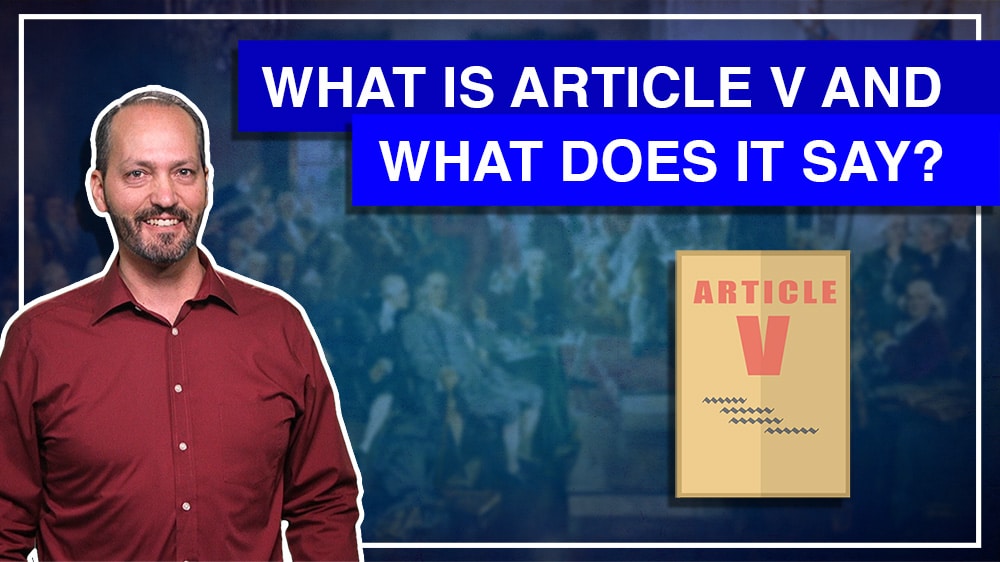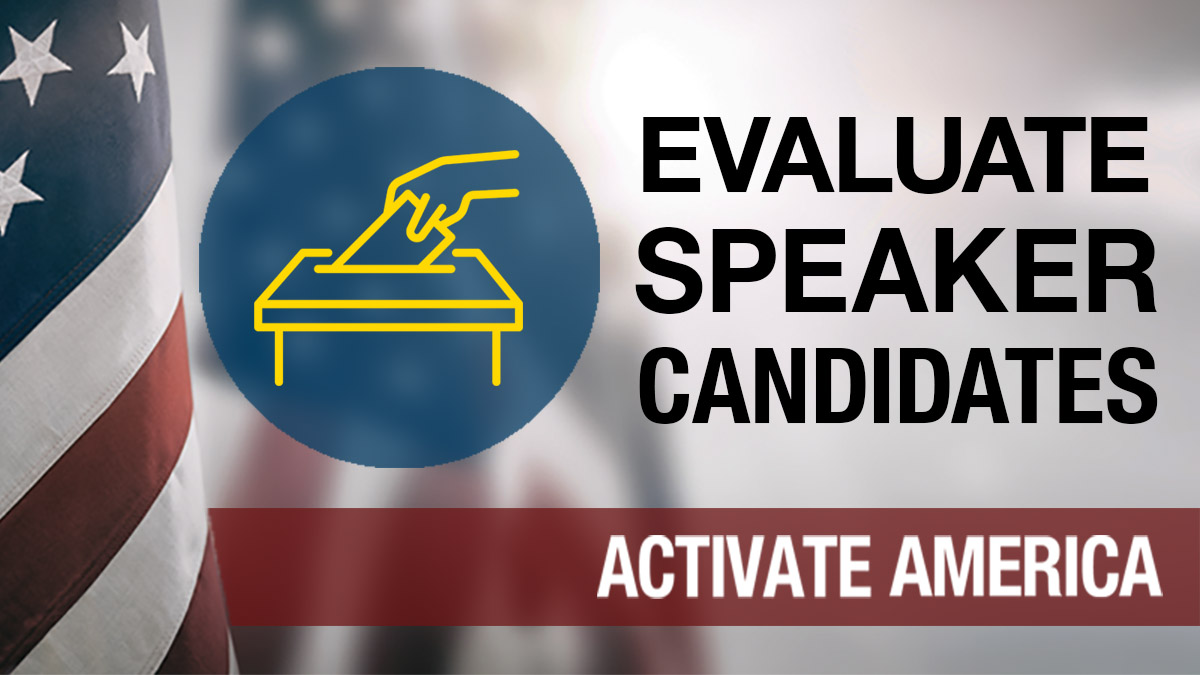The Articles of Confederation was America’s first Constitution. It defined the limits of the federal government for the United States in the same way that our current Constitution defines the limits of the federal government now.
Ratified in 1781, the Articles of Confederation was the law of the land until 1789 when our current Constitution was ratified. Fun fact: America’s federal Constitution is the world’s oldest written Constitution that’s still in use today.
In 1787, a Constitutional Convention was convened in Philadelphia at the suggestion of Virginia and 11 other states. Rhode Island refused to participate or send delegates. The convention was to be held in Philadelphia with the express purpose of considering amendments to the Articles of Confederation. Those amendments would then be submitted back to all 13 state legislatures for ratification pursuant to Article XIII of the Articles of Confederation.
However, once the delegates arrived in Philadelphia, it became clear that proposing amendments to the Articles of Confederation would not fix the problems. Since Rhode Island refused to send delegates, and amendments to the Articles of Confederation required approval from all 13 states, it became clear they would also have to change the ratification process.
At the beginning of the 1787 Convention, the delegates voted to conduct the entire process in secrecy. They also voted to set aside all the rules and guidelines. These guidelines, or commissions, were given by both the state legislatures and the Confederation Congress. From there they proceeded to write out an entirely new constitution, with a more centralized or national form of government, and a new ratification process.
The Articles of Confederation is a critical document when you discuss applying for an Article V Convention today.
First off, there is the legal and historical precedent of how the delegates entered the Philadelphia Convention with the Articles of Confederation, but walked out with the current Constitution. This is critical to understanding how a second convention to propose amendments to the Constitution would likely turn out in the future. Since the 1787 convention, there hasn’t been another convention to amend the constitution.
There are two very important features of the Articles of Confederation
- The Articles of Confederation was to be “perpetual” in nature;
- Any amendments to the Articles of Confederation required 100% ratification of the State Legislatures
Article XIII of the Articles of Confederation is where you will find both the “perpetual” language as well as the rules for amending.
“Every State shall abide by the determinations of the united states, in congress assembled, on all questions which by this confederation are submitted to them. And the Articles of this confederation shall be inviolably observed by every state, and the union shall be perpetual; nor shall any alteration at any time hereafter be made in any of them, unless such alteration be agreed to in a congress of the united states, and be afterwards con-firmed by the legislatures of every state.”
The word “perpetual” means forever, everlasting, never-ending, valid for all-time. Perpetual is a very precise legal word with no exceptions.
But when the delegates convened at the convention in Philadelphia, they scrapped the Articles of Confederation, and in turn the existing union. They made significant changes, including how amendments would be proposed and ratified.
The original requirement for any changes to the Articles of Confederation, as we just read, was:
- Congress was the only body recognized to make or propose changes,
- State Legislatures were the only ratifying body allowed, and
- 100% ratification from every state was required for the changes to take effect.
However, in Article V of the new Constitution the delegates changed the way amendments could be made to the new Constitution:
- Congress or a Convention called by Congress on the application (of two-thirds) of the states could propose changes,
- State Legislatures or special state ratifying conventions could ratify the changes, and
- 75% (or three-fourths) of the states is required for the changes to take effect.
However, the new Constitution was not ratified in accordance with then still-legally binding Article XIII of the Articles of Confederation. The new Constitution was ratified by its own mode of ratification, found in Article VII.
“The Ratification of the Conventions of nine States, shall be sufficient for the Establishment of this Constitution between the States so ratifying the Same.”
This was the most crucial alteration. On June 21, 1788, New Hampshire became the ninth state to ratify the Constitution and it was subsequently agreed that the new government under the U.S. Constitution would begin on March 4, 1789.
The remaining states that did not ratify were left separate and independent until they eventually acquiesced and ratified it.
Through these actions, the Philadelphia Convention effectively refuted the historical argument for the perpetuity of the Union, as they, along with the ratifying states, effectively dismantled the then-existing Union under the Articles of Confederation.
So, when considering that the delegates were sent to Philadelphia for the “sole and express” purpose of — ONLY — proposing amendments to the Articles of Confederation, what does that mean for any future Convention that is likewise “limited” for the “sole and express purpose of” ONLY proposing a balanced budget amendment, congressional term limits, or reducing the size and scope of the federal government? And whose to say that they could not change the mode of ratification again to 51% of the states or population through a national referendum?
As James Madison noted, “Having witnessed the difficulties and dangers experienced by the first Convention, which assembled under every propitious circumstance, I should tremble for the result of a Second.”
Learn more about Article V and the amendment process by visiting JBS.org


